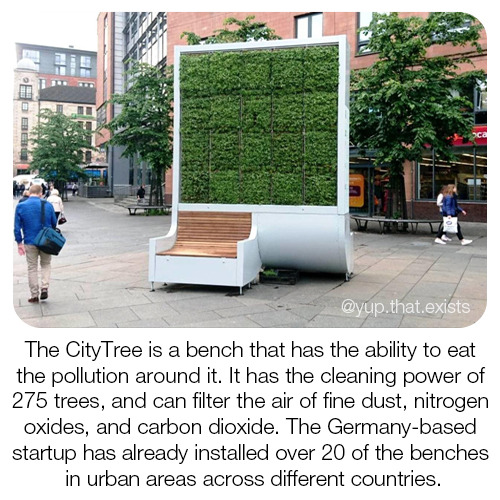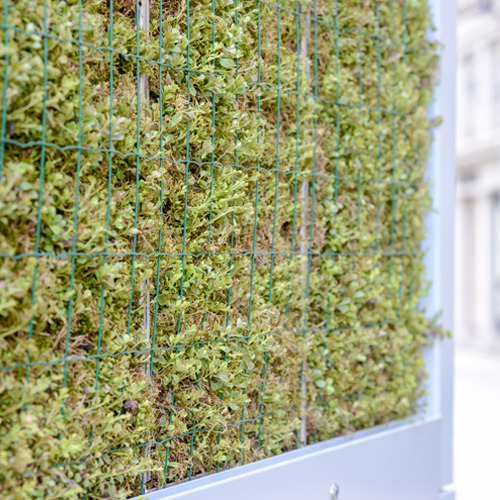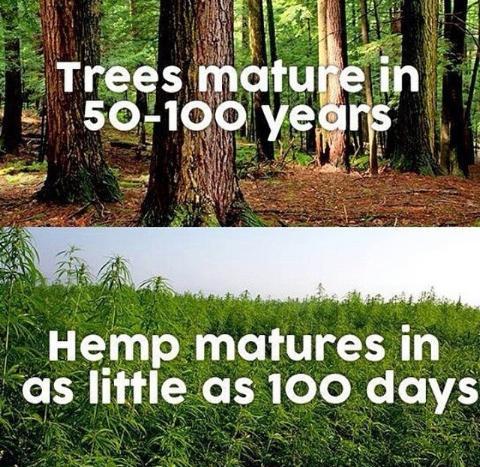Solarpunk Activities For The Socially Anxious
Solarpunk Activities for the Socially Anxious
- Read up on the philosophical background(s) of solarpunk. I’ve got a bibliography page if you are looking for more. - Figure out which plants that are indigenous or endangered in your area. Read about their history (and if you can make seed bombs.) - Enjoy Alan Watts lecture on nature - Make a herb drying rack by using string and push pins. You can eat, burn or drink tea from the herbs. - Consider growing food from your scraps - Watch a Ted Talk on Conservation - Draw nature, real or imaginary. Take time to map out fantasy lands. (Think about it as an environmental vision board) - Consider if composting might be right for you - If you have houseplants, learn how to propagate them (or even just take the time to learn more about them…their history, and how best to care for them). If you do want to learn how to propagate, I suggest starting with succulents. They are hardy, fun, and fairly cheap. -Learn how to Talk to Trees with Charis Melina Brown - A National Geographic explainer on how trees talk to each other. - Listen to this amazing, free, nature meditation with Jessica Snow
More Posts from Green-notebooks and Others
ive said this before but as climate change ramps up faster and faster and we feel the effects more and more in our everyday lives our infrastructure and architecture is going to need radical changes, and i love building science, but its not just going to be stuff like cranking up the r-values on our houses and other passivhaus things, we have to look at resilient infrastructure like earth berming and building underground like in coober pedy to avoid heat, have to look at flood mitigation tunnels like the tokyo flood control system, have to look at stuff like staten islands seawall
no one solution is going to protect us from climate change, and no small ones either
shits gonna have to change, and not every solution is going to pan out perfectly, but we need to be able to try some pretty over the top seeming stuff
even just where i live, the seasons have dramatically changed over the last decade, old ellicott city has been wiped out by floods twice, summers are hot and humid as hell, this cant last




My mentor: I wanna do a wall garden, because it doesnt take up too much space
Me, already vibrating from the dopamine and adrenaline: Let's talk about espaliers


A group of about 100 people rallied outside the Canadian Museum for Human Rights in Winnipeg on Saturday to call on the federal government to make a major pivot away from fossil fuels.
The Liberal government has pledged to move the country toward a post-carbon economy, and organizers of Saturday’s rally want to see a plan to make that happen.
Instead, governments are putting the responsibility for solving the climate crisis on the backs of individuals, said one attendee.
“The evidence that climate change is caused by humans and is causing extreme weather events and other catastrophic results is not deniable, so we need to take action because this is a crisis,” said Melanie Dennis Unrau, a volunteer with the Manitoba Energy Justice Coalition.
Continue Reading.
Tagging: @politicsofcanada




Blue Pixie’s Parasol (Mycena Interrupta) or subspecies.
Mycena interrupta, commonly known as the pixie’s parasol, is a species of mushroom. It has a Gondwanan distribution pattern, being found in Australia, New Zealand, New Caledonia and Chile. In Australia it is found in Victoria, Tasmania, New South Wales, and South Australia, and in Queensland where its distribution is limited to Lamington National Park. Description The caps of Mycena interrupta range from 0.8 to 2 cm, and they are a brilliant cyan blue colour. They are globose when emergent and then become a broad convex as they mature, with the centre of the cap slightly depressed. The caps are often sticky and appear slimy looking, particularly in moist weather.

Scientists in Norway and Switzerland have proposed that “Solar Methanol Islands” could use solar energy to recycle atmospheric CO2 into methanol fuel.
The idea arose when scientists were trying to find a way to provide electricity to future off-shore fish farms without access to power grids. Solar energy could power hydrogen production and CO2 extraction from seawater, which would produce gases that could be reacted to form methanol.
The team of scientists wrote:
“Humankind must cease CO2 emissions from fossil fuel burning if dangerous climate change is to be avoided. However, liquid carbon-based energy carriers are often without practical alternatives for vital mobility applications. The recycling of atmospheric CO2 into synthetic fuels, using renewable energy, offers an energy concept with no net CO2 emission.”
Currently, the team of scientists is working on prototypes for the floating solar islands.
Thanks to @sabre-fish for sending this in!

#SaveTheTrees
hey if you’re in the U.S. and use food stamps or know somebody who does i found this online cookbook that has recipes for eating well on approximately $4/day :o)
I really want an environmental revolution to happen soon. Gardens everywhere, herbal wisdom flourishing, intelligent environmental policies, aggressive fighting for plants, straying away from reliance on shady food industries and growing our own to help our own and nurture our own, we see everything, how it’s made and who it goes to cause it’s ours typa shit. I really want this.
-
 lizardinthefog reblogged this · 3 weeks ago
lizardinthefog reblogged this · 3 weeks ago -
 lizardinthefog reblogged this · 1 month ago
lizardinthefog reblogged this · 1 month ago -
 lizardinthefog reblogged this · 2 months ago
lizardinthefog reblogged this · 2 months ago -
 stardating reblogged this · 2 months ago
stardating reblogged this · 2 months ago -
 c0zm1c-r3y liked this · 3 months ago
c0zm1c-r3y liked this · 3 months ago -
 lizardinthefog reblogged this · 3 months ago
lizardinthefog reblogged this · 3 months ago -
 lizardinthefog reblogged this · 3 months ago
lizardinthefog reblogged this · 3 months ago -
 witchliibra reblogged this · 4 months ago
witchliibra reblogged this · 4 months ago -
 whitetiger94things reblogged this · 4 months ago
whitetiger94things reblogged this · 4 months ago -
 chloro-phile reblogged this · 4 months ago
chloro-phile reblogged this · 4 months ago -
 spocksgotfeelings liked this · 4 months ago
spocksgotfeelings liked this · 4 months ago -
 coratatum reblogged this · 4 months ago
coratatum reblogged this · 4 months ago -
 rinofthemill reblogged this · 5 months ago
rinofthemill reblogged this · 5 months ago -
 lizardinthefog reblogged this · 5 months ago
lizardinthefog reblogged this · 5 months ago -
 ullwinner reblogged this · 5 months ago
ullwinner reblogged this · 5 months ago -
 skyfire45 reblogged this · 6 months ago
skyfire45 reblogged this · 6 months ago -
 skyfire45 liked this · 6 months ago
skyfire45 liked this · 6 months ago -
 anti-lawn reblogged this · 6 months ago
anti-lawn reblogged this · 6 months ago -
 randomthoughtsanddreams reblogged this · 6 months ago
randomthoughtsanddreams reblogged this · 6 months ago -
 chaos-deimos-et-eris liked this · 6 months ago
chaos-deimos-et-eris liked this · 6 months ago -
 lyss-the-genderqueer-pirate liked this · 6 months ago
lyss-the-genderqueer-pirate liked this · 6 months ago -
 ladyknightmindelan liked this · 6 months ago
ladyknightmindelan liked this · 6 months ago -
 anime-academia reblogged this · 6 months ago
anime-academia reblogged this · 6 months ago -
 strange-wanderings reblogged this · 6 months ago
strange-wanderings reblogged this · 6 months ago -
 sky-on-blog liked this · 6 months ago
sky-on-blog liked this · 6 months ago -
 houndingbookwolf reblogged this · 6 months ago
houndingbookwolf reblogged this · 6 months ago -
 houndingbookwolf liked this · 6 months ago
houndingbookwolf liked this · 6 months ago -
 slavic-c0kedealer liked this · 6 months ago
slavic-c0kedealer liked this · 6 months ago -
 rabbit-dance reblogged this · 6 months ago
rabbit-dance reblogged this · 6 months ago -
 sweetkimothy liked this · 6 months ago
sweetkimothy liked this · 6 months ago -
 stevishabitat reblogged this · 6 months ago
stevishabitat reblogged this · 6 months ago -
 tigwrbwetle liked this · 6 months ago
tigwrbwetle liked this · 6 months ago -
 catermeow reblogged this · 6 months ago
catermeow reblogged this · 6 months ago -
 thespaceapricot reblogged this · 6 months ago
thespaceapricot reblogged this · 6 months ago -
 meelorb reblogged this · 6 months ago
meelorb reblogged this · 6 months ago -
 strxngehuman reblogged this · 6 months ago
strxngehuman reblogged this · 6 months ago -
 strxngehuman liked this · 6 months ago
strxngehuman liked this · 6 months ago -
 peppermintdemiurge reblogged this · 6 months ago
peppermintdemiurge reblogged this · 6 months ago -
 ivyfightsdragons reblogged this · 6 months ago
ivyfightsdragons reblogged this · 6 months ago -
 70s-witch reblogged this · 6 months ago
70s-witch reblogged this · 6 months ago -
 70s-witch liked this · 6 months ago
70s-witch liked this · 6 months ago -
 loonarphoenix liked this · 6 months ago
loonarphoenix liked this · 6 months ago -
 loonarphoenix reblogged this · 6 months ago
loonarphoenix reblogged this · 6 months ago -
 sashapunkgothsomethingsomething reblogged this · 6 months ago
sashapunkgothsomethingsomething reblogged this · 6 months ago -
 cosmosofcolouredvoices liked this · 6 months ago
cosmosofcolouredvoices liked this · 6 months ago -
 goatbugg reblogged this · 6 months ago
goatbugg reblogged this · 6 months ago -
 goatbugg liked this · 6 months ago
goatbugg liked this · 6 months ago -
 flying-potato2 reblogged this · 6 months ago
flying-potato2 reblogged this · 6 months ago